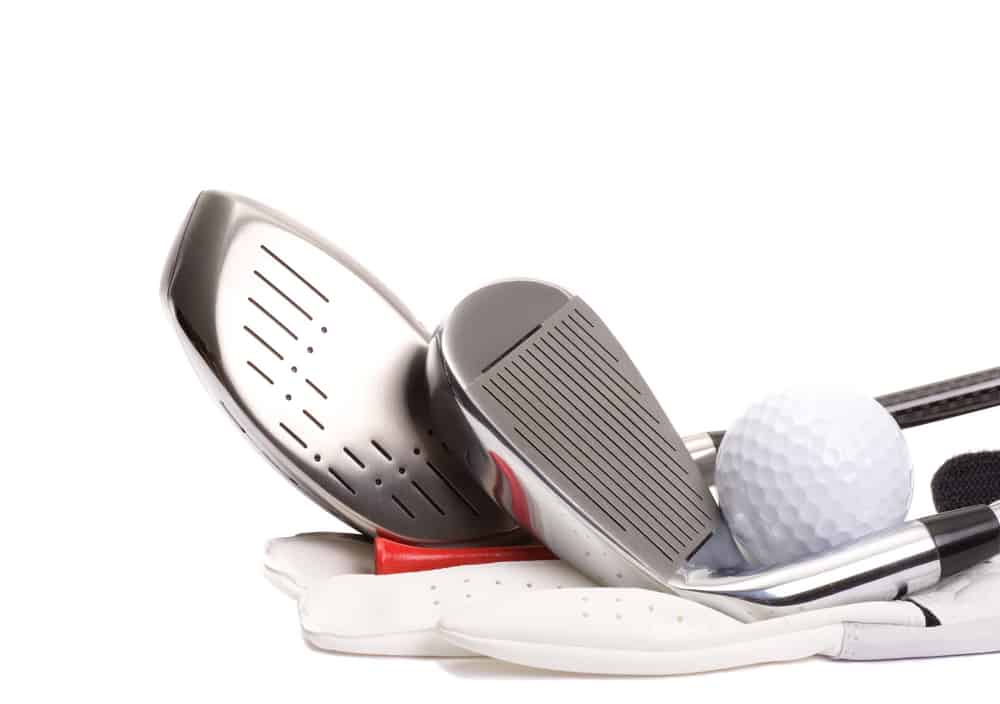
When you are new to the game of golf, it can be hard to figure out all of the terminology and equipment.
You may have heard of both the driving iron and the driver, and maybe you are trying to figure out which could be best for your game.
It’s good to know the difference between these clubs and make an educated decision as to which one will be the best for your individual game.
Here are a few essential things to keep in mind when choosing between a driving iron and a driver.
Driving Iron vs. Driver (What’s the Difference?)

The most significant difference between a driving iron and a driver is the shape and construction of the club head.
A driver has a large (usually titanium) head, and it is going to be one of the largest golf clubs in the bag.
The iron has more of a blade type head, and it is typically built for shorter shots.
Irons are smaller club heads, and they are usually made from metal.
Both irons and drivers come in a variety of styles and lofts.
Let’s look at some of these differences in more detail and figure out which could be best for your golf game.
1. Club Head Size

As we mentioned, the driver is going to have a much larger clubhead and sweet spot than the driving iron.
For those who like this larger clubhead size and lots of room to hit the ball, the driver is going to be more appealing.
Even though the driver does have this sizeable sweet spot, it does not necessarily mean that you will hit it every time.
You should consider if you enjoy hitting with irons more than woods before you make your final decision.
Some golfers are kind of turned off by the look of a driver as it is just too large.
The driving iron will undoubtedly have a more consistent look than the driver.
It will more closely resemble the other clubs you keep in your golf bag.
2. Loft
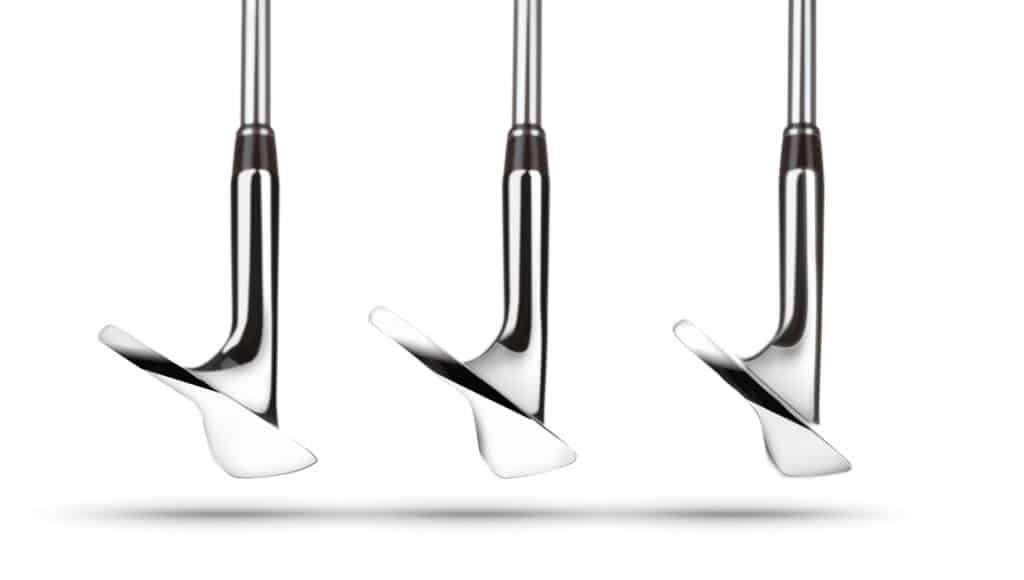
The loft on the driving iron is usually a bit higher than the loft of a driver.
This is done to help with forgiveness and ease of use, but it can have an impact on overall distance.
The loft of both a driving iron and a driver will be the lowest in your golf bag.
The idea of hitting a driving iron is to replace your driver and get a long and piercing shot off the tee.
If you struggle with hitting shots up in the air, the driving iron could end up being a difficult club for you to learn to use.
You will need a decent amount of club head speed to hit this ball with enough compression and force to get it to go up in the air.
With the driver, it is a bit easier to get loft.
You can choose a driver that has a slightly higher launch, and the shaft in your driver usually helps you get the ball up higher in the air as well.
Most drivers will have a loft around 10.5 degrees while the driving iron is usually going to be around 18 degrees of loft.
This extra loft helps golfers to hit down and through their shots with the iron and get the distance they need with this club.
If you are new to using a driving iron, you will want to make sure that you choose something with a little extra loft.
3. Ball Flight

Years ago, people believed that hitting shots that were low and along the ground was a better solution for your golf game.
They believed that these types of shots would roll for a long time and ultimately get more distance.
The world of golf has come to learn that this is just not true.
If you want to hit the ball a long way, you have to keep it up in the air as long as possible.
A driver is now built to produce a low spin rate.
This means that you will hit your driver, and when it lands on the ground, the ball will spin forwards, not backward.
This keeps the ball moving towards the target as opposed to stopping it right where it landed.
These low spin drivers are helping golfers to get an extra ten to fifteen yards of distance.
The driving iron is also a low spin club, and it is intended to roll for a long time once it hits the ground.
Even though the driving iron has more loft than the driver, people still have a tendency to hit it much lower.
Since it is an iron and you are not teeing it relatively as high, it tends to have a more piercing ball flight, and the ball rolls forward as opposed to back.
You can expect the ball flight to be slightly lower with the driving iron, which makes it an excellent choice for those windy days out on the golf course.
4. Difficult to Hit

When it comes to difficulty, it can be a toss-up between the driver and the driving iron.
To hit the driving iron well is very difficult, but hitting the driving iron decently is not all that hard.
With the driver, it takes a bit more development and time spent on your game before you can straighten it out and start hitting great shots.
The majority of new golfers will struggle to hit a driver straight for quite some time.
They may find that the driving iron is a bit easier to keep straight.
It does still take a long time to learn how to hit the driving iron well.
If you want to hit a great shot that flies very far and rolls towards the target, it takes a lot of practice as well as a lot of club head speed.
Once you get the hand of the driver and you learn how to hit it straight, it is probably going to be a more forgiving club for you than the driving iron.
Drivers are made with lots of distance-enhancing capabilities and plenty of great feel and sound as well.
The physical sweet spot of the driver is also considerably larger than that of the driving iron, which only helps to add to the forgiveness you get with a driver.
5. Adjustability
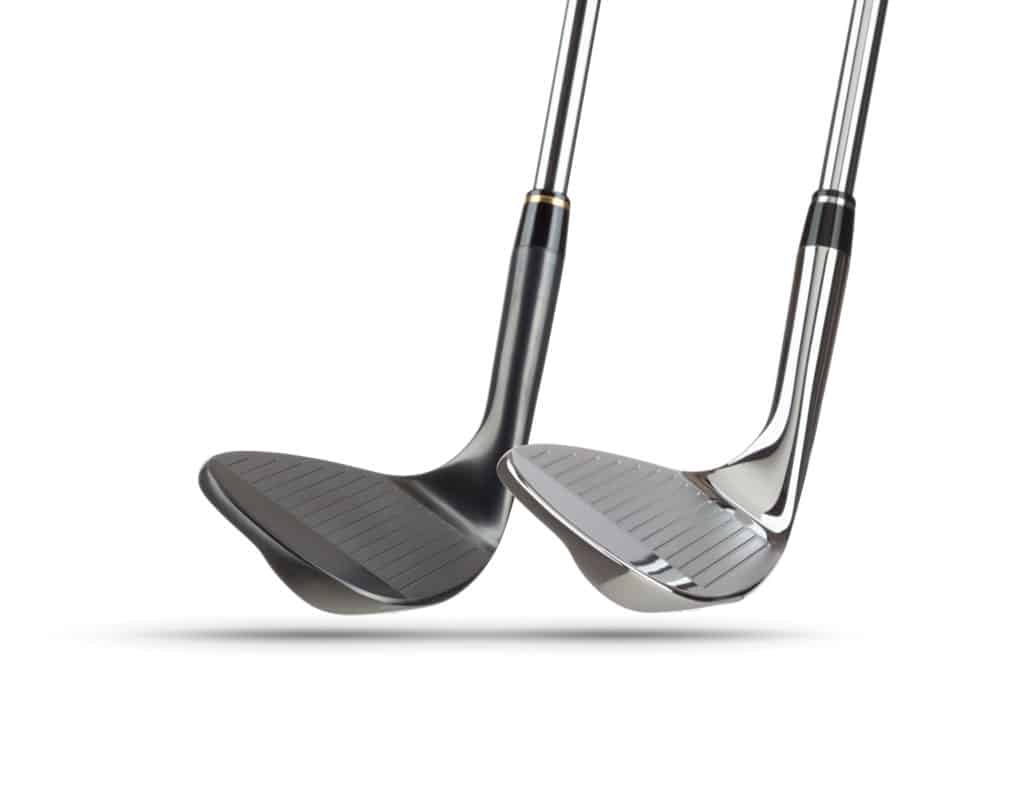
Most driving irons are going to come with a specific loft, and they will not be adjustable.
A driver is very often adjustable.
You can set a driver to hit a fade or a draw, and you can also adjust the loft on your driver.
If you happen to start slicing the driver a bit, you can adjust the weights on the clubhead to start straightening out your shots.
Adjustability is critical in a golf driver as you can make it feel as though the club is custom fit to your needs.
The adjustability of the driver is undoubtedly a big selling point for the driver over the driving iron.
Anytime you can take a club and change it to work better for you that day, it is a definite advantage.
If you like adjustability and changing clubs quite often, the driver will very likely be a better fit.
6. Shaft
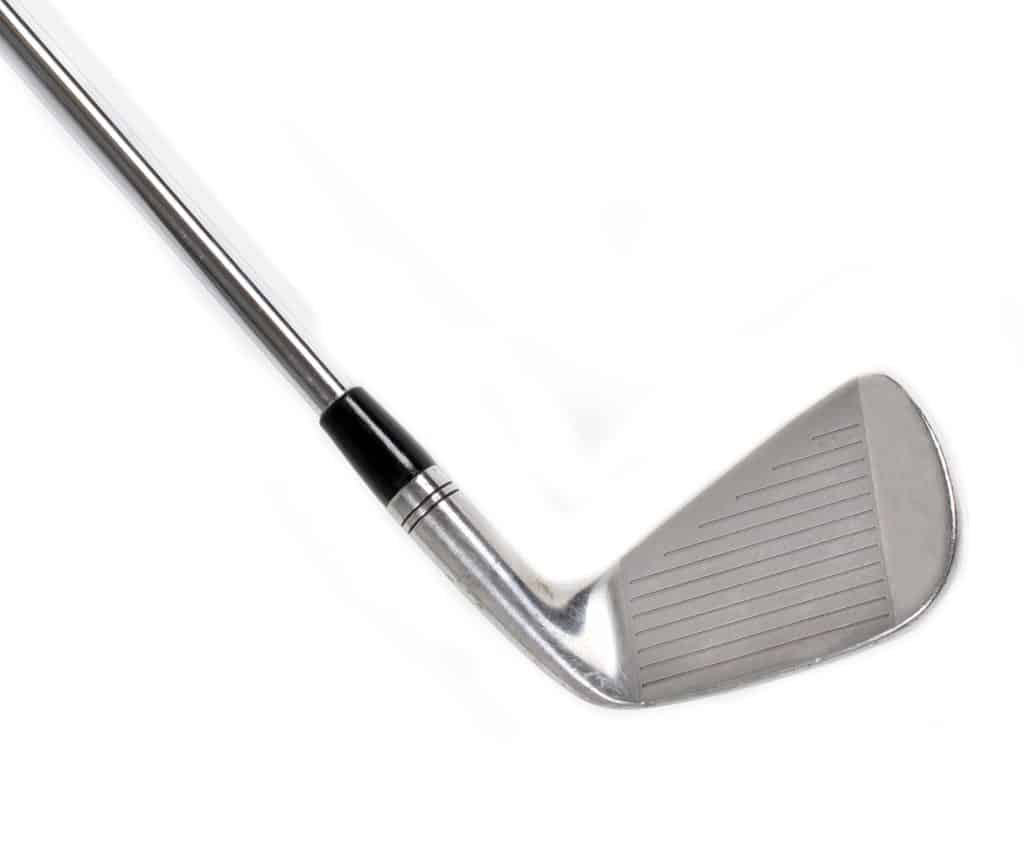
Most driving irons are going to be offered with a graphite shaft in them.
The graphite shaft is used to help you get lots of extra swing speed.
The swing speed when using both a driver and a driving iron is critical.
The speed at which you can swing the club is going to help you get much more distance.
When you play with a driving iron with a steel shaft, you will be giving up a little bit of the speed you may get with a graphite driving iron.
The driver is always going to be a graphite shaft.
The graphite shaft helps golfers get some extra forgiveness and the ability to release the club as well.
The driving iron shaft will be much shorter than that of a driver because it is an iron.
The driver will be the longest club in your bag.
Part of the reason the driving iron is more forgiving is that it is shorter.
Be very careful that the shaft in the driving iron you choose is lightweight and easy to swing.
Steel and stiff shafts in driving irons are only built for the very low handicappers with high swing speeds.
7. Overall Distance

When hit well, a driver will almost always fly further when compared to a well-hit driving iron.
Since the driving iron has more loft and a shorter club, it affects the amount of distance you can get with the club.
If you are concerned about the overall distance that you can hit your shots, the driver is the better choice.
If accuracy is more of a concern for you, then you should probably think about the driving iron.
It is a bit easier to hit the driving iron straight than it is the driver.
You can expect to get a good 20 to 30 fewer yards from a driving iron than you will from a driver.
Which is Better for Driving: Iron or Driver?

Having been in this game for a very long time, we can tell you that, in the long term, it is better to learn how to hit a driver properly.
A driver will give you more distance, and it will make golf all that much easier.
Hitting a driver a long way will leave with you a much shorter shot into a green.
This shorter shot will require a short iron which is easier for most golfers to perfect than a long iron or even a hybrid into a green.
If you are new to the game and the driver is causing you a lot of trouble, the driving iron is the best choice.
However, over time, it is a smart idea to learn how to hit a traditional driver.
The driving iron is also going to be considerably less expensive than a driver.
A new driver will often be close to $500 while a driving iron will probably be closer to $200.
If your budget does not allow for a driver, the driving iron is a good choice.
Conclusion
Hopefully, you have a better idea of the difference between the driving iron and the driver.
Both of these clubs have some positives and negatives to them.
Depending on your individual game, one choice will likely be better than the other.
The one thing to remember is that, long term, it makes sense to learn to hit a driver properly.
Drivers will allow you to continue to improve your game and become a lower handicap golfer.
Although this can take some time, the end result is a good one.

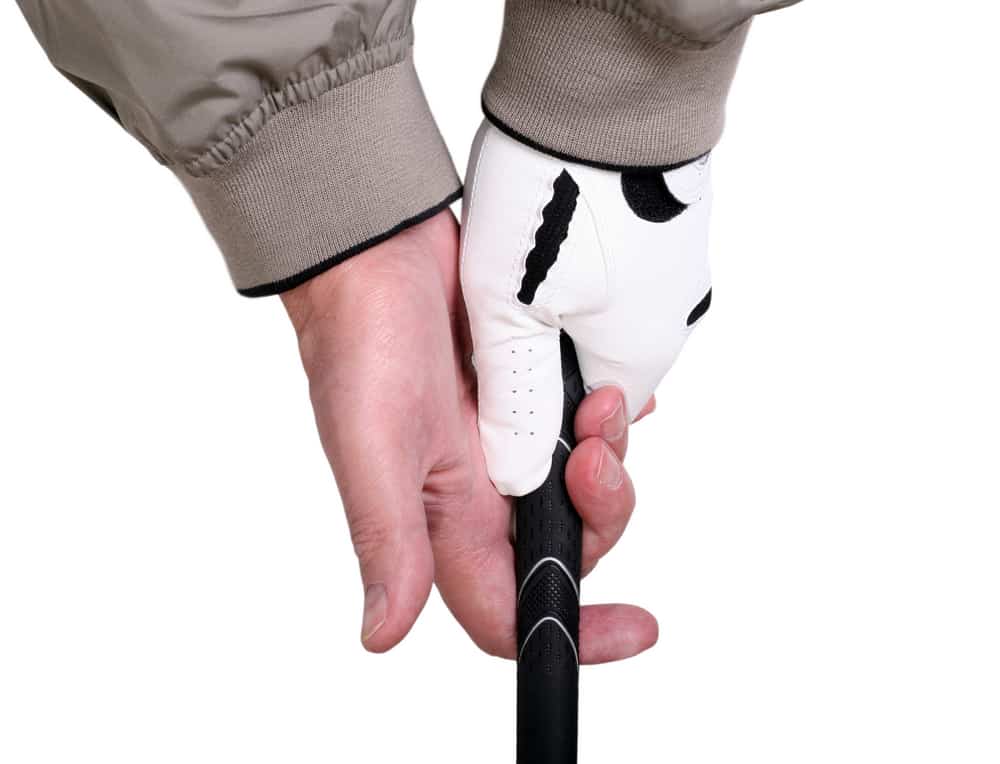
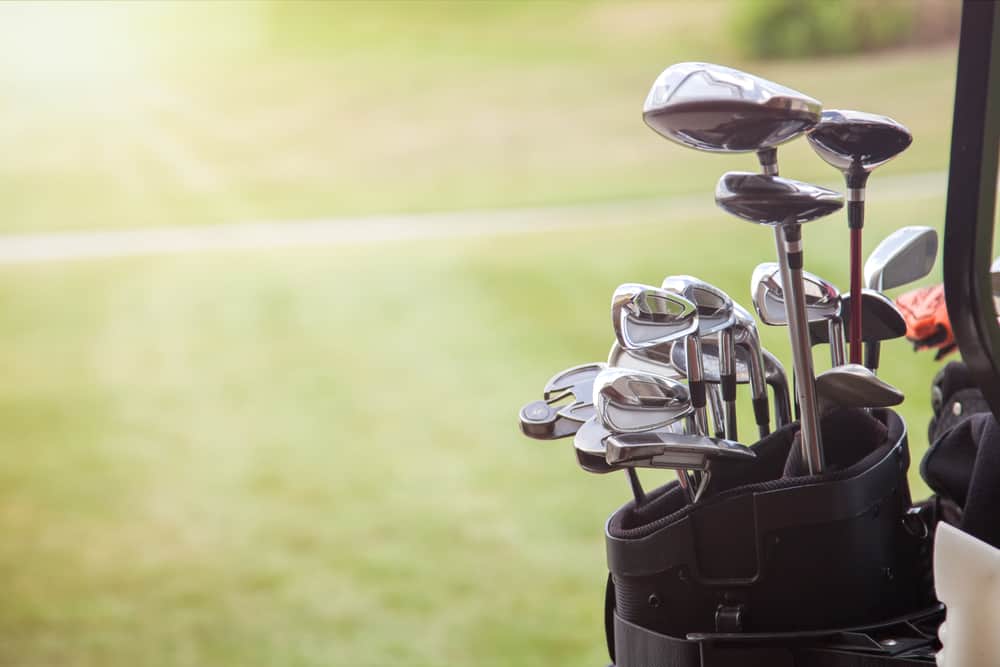
Leave a Reply